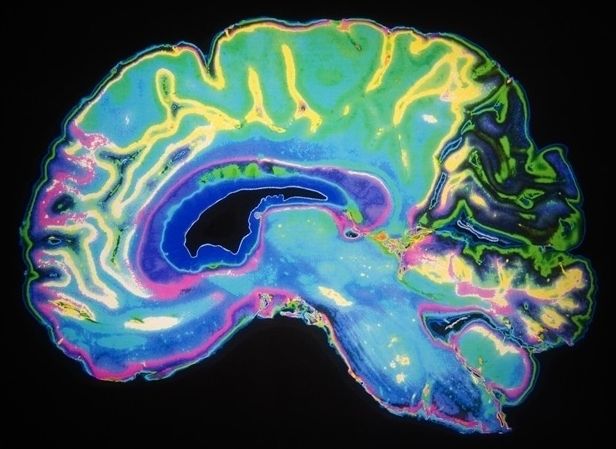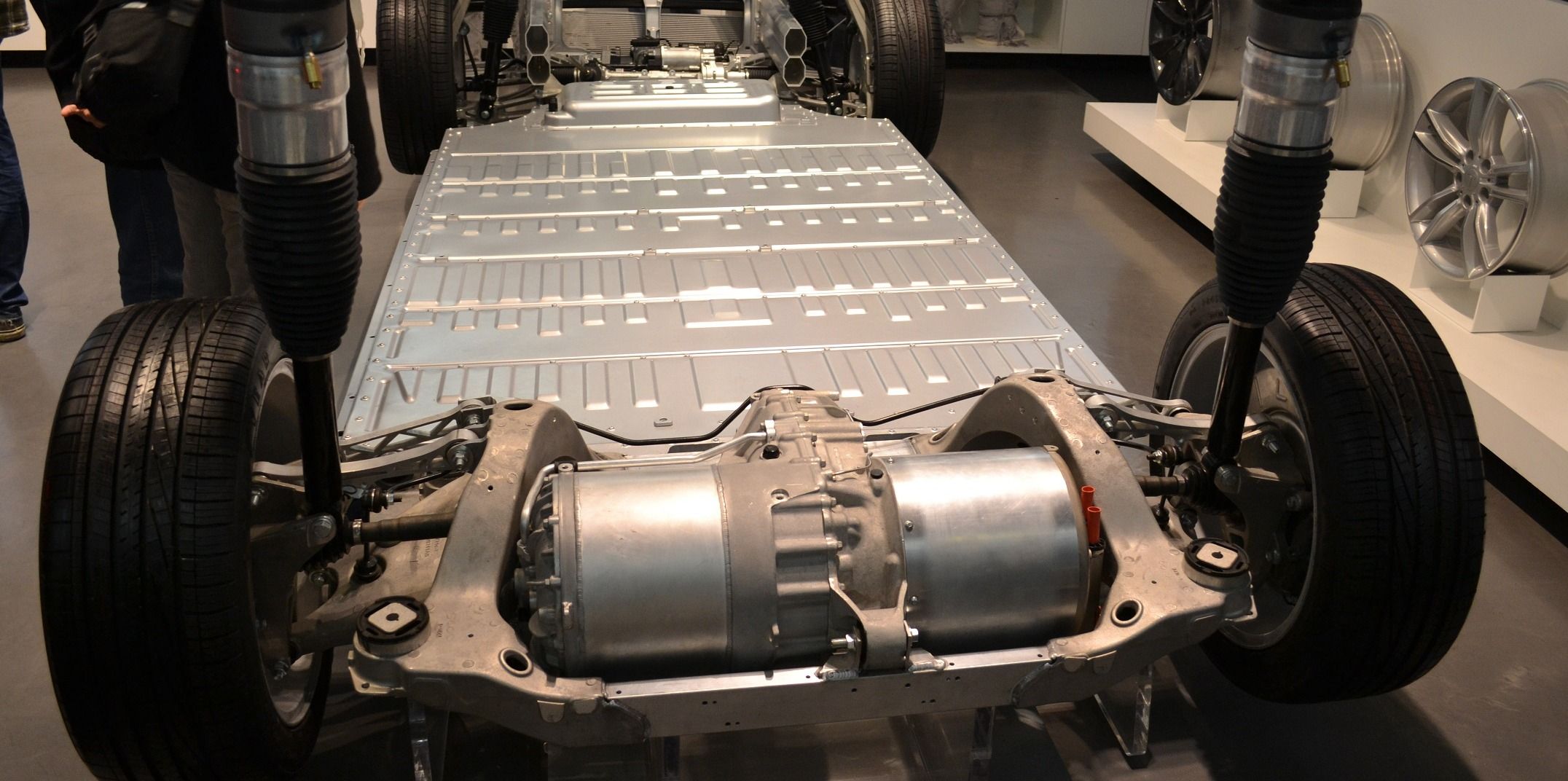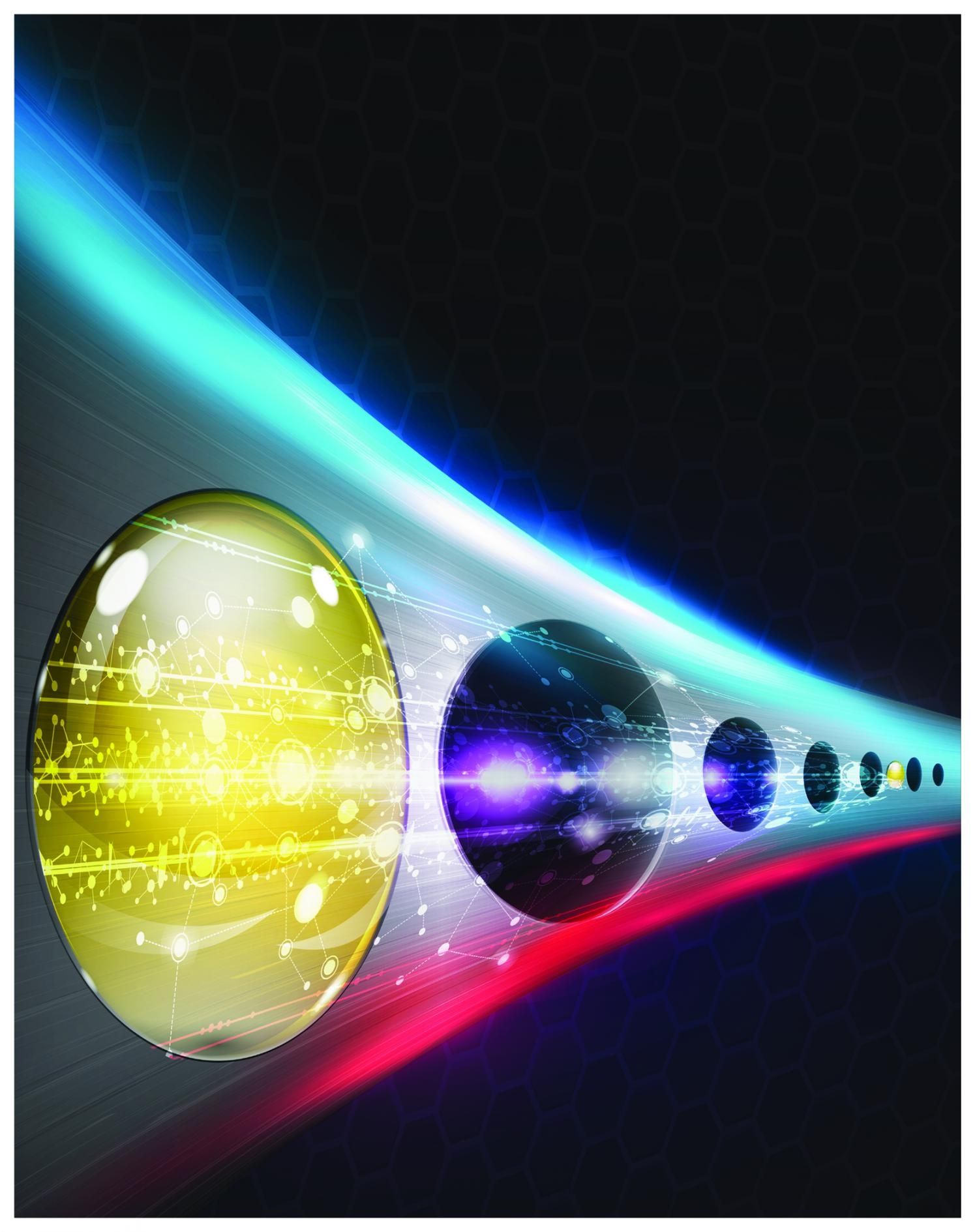Page 10789
Oct 15, 2016
New imaging method helps observe activation of neural circuits in the brain
Posted by Karen Hurst in categories: biological, engineering, neuroscience
Watching millions of neurons in the brain interacting with each other is the ultimate dream of neuroscientists! A new imaging method now makes it possible to observe the activation of large neural circuits, currently up to the size of a small-animal brain, in real time and three dimensions. Researchers at the Helmholtz Zentrum München and the Technical University of Munich have recently reported on their new findings in Nature’s journal ‘Light: Science & Applications’.
Nowadays it is well recognized that most brain functions may not be comprehended through inspection of single neurons. To advance meaningfully, neuroscientists need the ability to monitor the activity of millions of neurons, both individually and collectively. However, such observations were so far not possible due to the limited penetration depth of optical microscopy techniques into a living brain.
A team headed by Prof. Dr. Daniel Razansky, a group leader at the Institute of Biological and Molecular Imaging (IBMI), Helmholtz Zentrum München, and Professor of Molecular Imaging Engineering at the Technical University of Munich, has now found a way to address this challenge. The new method is based on the so-called optoacoustics*, which allows non-invasive interrogation of living tissues at centimeter scale depths.
Continue reading “New imaging method helps observe activation of neural circuits in the brain” »
Oct 15, 2016
A possible explanation for why male mice tolerate stress better than females
Posted by Karen Hurst in categories: biotech/medical, neuroscience
The nerves we feel before a stressful event—like speaking in public, for example—are normally kept in check by a complex system of circuits in our brain. Now, scientists at Rockefeller University have identified a key molecule within this circuitry that is responsible for relieving anxiety. Intriguingly, it doesn’t appear to reduce anxiety in female mice, only in males.
“This is unusual, because the particular cell type involved here is the same in the male and female brain—same in number, same in appearance,” says Nathaniel Heintz, head of the Laboratory of Molecular Biology and a Howard Hughes Medical Institute investigator. “It’s a rare case where a single cell type is activated by the same stimulus but yields two different behaviors in each gender.”
Oct 15, 2016
New science revelations: Trees communicate with each other and have social circles
Posted by Karen Hurst in categories: neuroscience, science
Friday, October 14, 2016 by: Ethan A. Huff, staff writerTags: trees, social communication, plant science (NaturalNews) If trees could talk, what would they say? Emerging research suggests that if they had mouths, they might just say a whole lot because, believe it or not, trees have brains and intelligence, and are able to communicate with other trees much like humans do with other humans when in social situations.
Oct 15, 2016
“Earth has shifted”-Inuit elders issue warning to NASA and the world
Posted by Aleksandar Vukovic in categories: climatology, sustainability

https://youtube.com/watch?v=RNhK67GftDk
The elders declare that the sun rises at a different position now, not where it used to previously. They also have longer daylight to hunt now, the sun is much higher than earlier, and it gets warmer much quickly.
Global Climate Change: The Earth Has Shifted, Say Inuit Elders. A new warning has come to NASA from the Inuits. They are warning that the change in climate is not due to global warming but rather, because of the Earth shifting a bit.
Continue reading “‘Earth has shifted’-Inuit elders issue warning to NASA and the world” »
Oct 15, 2016
Tesla is building new ‘drive unit production lines’ at the Gigafactory, will not only manufacture battery packs
Posted by Klaus Baldauf in categories: sustainability, transportation
The Tesla Gigafactory is key to the automaker’s planned production ramp up to 500,000 cars per year by 2018. It is expected to both significantly reduce the cost of Tesla’s battery packs, which will enable Tesla to reach the $35,000 price point for the Model 3, and to secure a large supply of battery cells.
Those two products, battery cells and battery packs, were until now the only products expected to be manufactured at the factory.
We now learn that Tesla plans to also manufacture drive units at the plant. With vehicle battery packs, the automaker will be closer to producing its entire next generation powertrains at what is expected to be the largest factory in the world by footprint.
Oct 15, 2016
NASA’s new bleeding-edge gauze might save astronauts lives
Posted by Shane Hinshaw in categories: biotech/medical, space travel
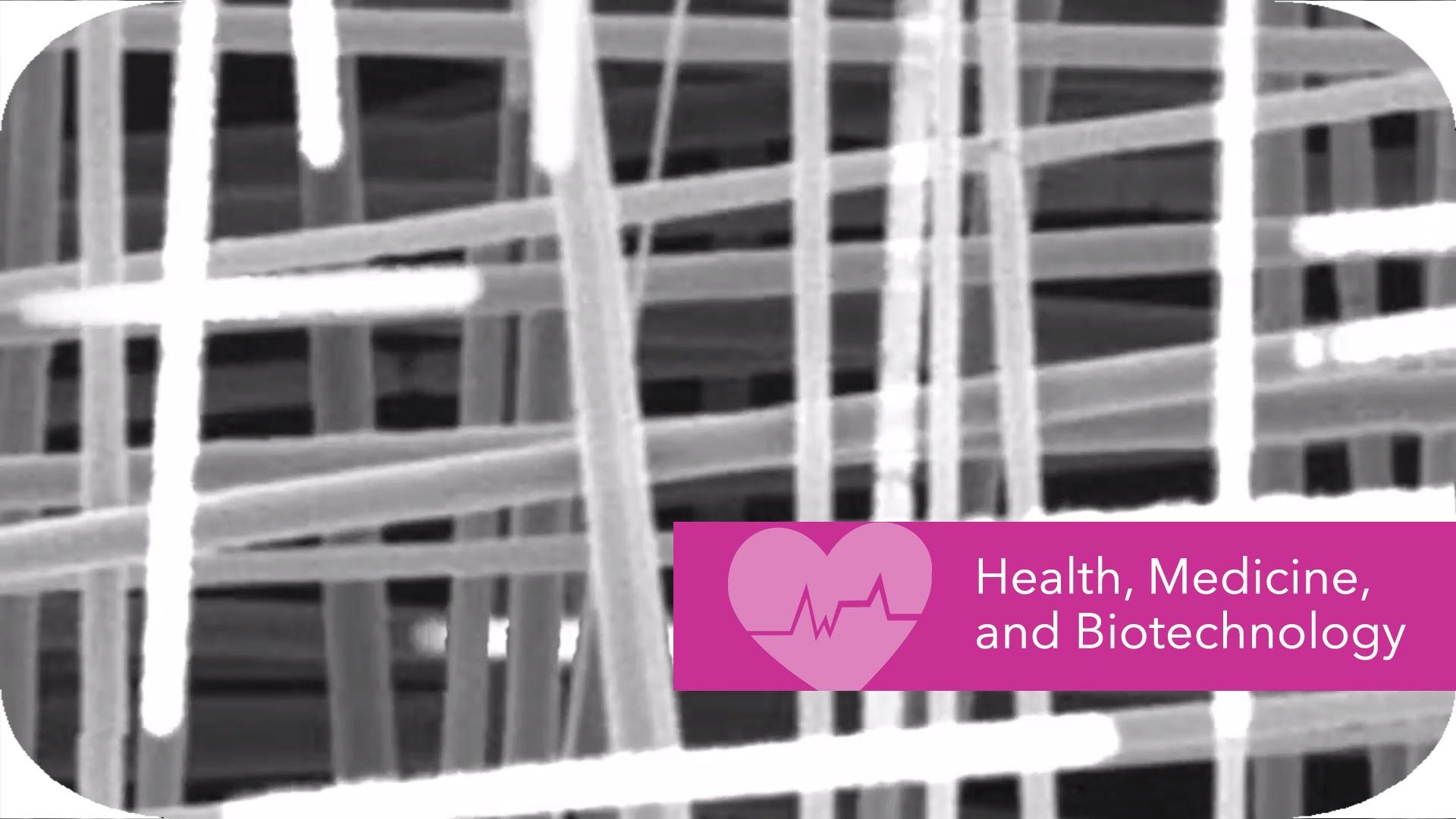
We are seeing lot of inventions being made prior to the upcoming Mars missions. However, you don’t have to be into science-fiction to understand that NASA still needs to get a grip on many technical hurdles before our astronauts can put their boots on the red planet safely.
Yes, [Mark Watney](http://www.imdb.com/title/tt3659388/) has become quite a Martian but real humans need more to survive and especially have to consider the *less obvious* things like how to deal with injuries that far away from mother Earth. That can be overlooked, but certainly is important.
Continue reading “NASA’s new bleeding-edge gauze might save astronauts lives” »
Oct 15, 2016
Enhancing Humanity — What’s The Next Phase Of Human Evolution?
Posted by Shane Hinshaw in categories: evolution, singularity, space
I really love this topic – questioning what’s out there for humanity besides a singularity that may or may not happen or a discovery of the source powering an uber sophisticated kind of video game a.k.a. the *simulated* and likely *holographic universe*… Yes, evolution gets me all excited.
What follows now are possible futures for all of us, based on circulating theories on (continuing) evolution.
These futures show either a grinding halt to evolution, a continuing mutation and selection here on earth, some new form of evolution driven by technology, and (in a way related to technology, as well) a differentiation introduced by mimicking and adapting to a life on speculative space colonies.
Continue reading “Enhancing Humanity — What’s The Next Phase Of Human Evolution?” »
Oct 15, 2016
Google’s AI can now learn from its own memory independently
Posted by Shane Hinshaw in categories: computing, robotics/AI
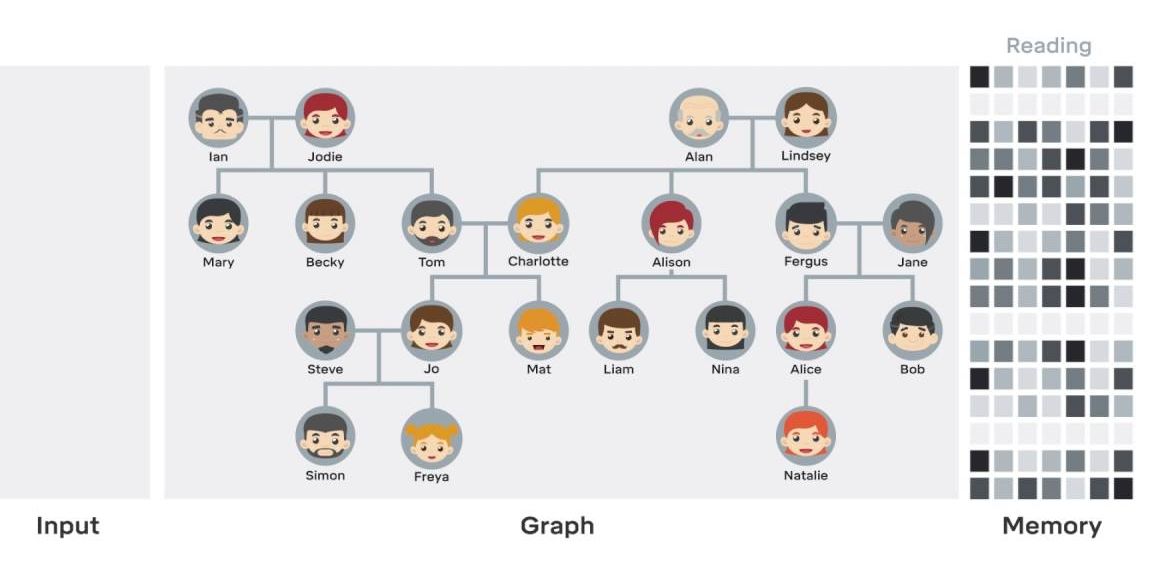
The DeepMind artificial intelligence (AI) being developed by Google’s parent company, Alphabet, can now intelligently build on what’s already inside its memory, the system’s programmers have announced.
Their new hybrid system – called a Differential Neural Computer (DNC) – pairs a neural network with the vast data storage of conventional computers, and the AI is smart enough to navigate and learn from this external data bank.
Continue reading “Google’s AI can now learn from its own memory independently” »
Oct 14, 2016
Diamonds aren’t forever: Team create first quantum computer bridge
Posted by Shane Hinshaw in categories: computing, particle physics, quantum physics
By forcefully embedding two silicon atoms in a diamond matrix, Sandia researchers have demonstrated for the first time on a single chip all the components needed to create a quantum bridge to link “People have already built small quantum computers,” says Sandia researcher Ryan Camacho. “Maybe the first useful one won’t be a single giant quantum computer but a connected cluster of small ones.”
Distributing quantum information on a bridge, or network, could also enable novel forms of quantum sensing, since quantum correlations allow all the atoms in the network to behave as though they were one single atom.
The joint work with Harvard University used a focused ion beam implanter at Sandia’s Ion Beam Laboratory designed for blasting single ions into precise locations on a diamond substrate. Sandia researchers Ed Bielejec, Jose Pacheco and Daniel Perry used implantation to replace one carbon atom of the diamond with the larger silicon atom, which causes the two carbon atoms on either side of the silicon atom to feel crowded enough to flee. That leaves the silicon atom a kind of large landowner, buffered against stray electrical currents by the neighboring non-conducting vacancies.

